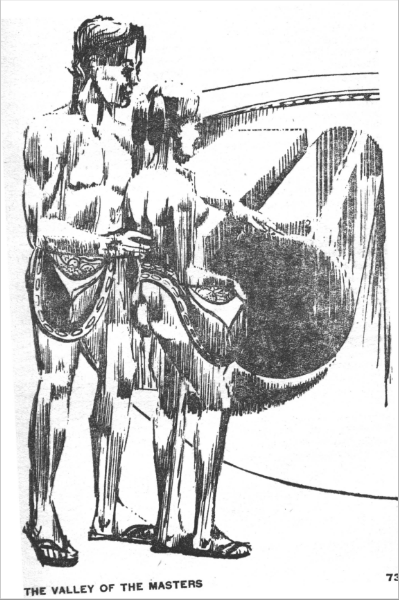
Gideon Marcus

by Ron Church
Summer is here! It's that lazy, hot stretch of time when the wisest thing to do is lie in the shade with a glass of lemonade and a good book. Perhaps if Khruschev did the same thing, he wouldn't be making things so miserable for the folks of West Berlin. Well, there's still time for Nikita to take a restful trip to the Black Sea shore.
As for me, I may not have a dacha, but I do have a beach. Moreover, this month's IF science fiction proved a reasonably pleasant companion during my relax time. If you haven't picked up your copy yet, I recommend it. Here's what's inside:

Keith Laumer has made a big splash in just the last few years. He wrote a fine three-part alternate Earth novel that came out in Fantastic earlier this year. I look forward to covering it when it's novelized in a few months. Meanwhile, this month he offers us a prequel to Diplomat-at-Arms, starring his interstellar man of mystery, Retief. It's called The Frozen Planet, and while the setting is interesting (a quartet of frozen human worlds on the edge of the evil Soetti empire), I found it a bit too smug. When the secret agent is too powerful, where's the drama? Two stars.
Mirror Image is a Daniel Galouye's story, about a raving (but not necessarily mad) man who claims to have built a bridge to the parallel universe behind every looking glass. It's a B-grade plot, something you might find in the lesser annals of The Twilight Zone, but I found it engaging, nonetheless. Three stars.
It looks like Lester del Rey has returned from vacation. His story in August's Galaxy, was his first in a few years. Now, hot on its heels, is Spawning Ground, about a startling discovery made by a colonial group upon planetfall. The set-up is good, and I greatly appreciated the inclusion of a mixed-gender crew, but the ending was too mawkish and abrupt. Three stars.
H.B. Fyfe, whose byline can be found all over the magazines of the pulp era, has been a consistent Analog and IF contributor for the past couple of years. None of his stories have been strong stand-outs, and this month's Tolliver's Orbit is no exception. It's a thriller set on the wastes of Ganymede featuring a pair of an interesting characters: an honest space pilot who wants no part of the graft rife in the local commercial concern, and a woman vice president of said business, sent to investigate wrong-doing. In the hands of an expert, it could have easily garnered four or five stars. Sadly, Fyfe phoned this one in, telling rather than showing at too many critical junctures. Two stars.

by Ritter
On the other hand, the succeeding novella, by newcomer Charles Minor Blackford, is solid entertainment. The Valley of the Masters depicts a space colony generations after establishment. Its people have forgotten their technological past, and the automatic machines are beginning to fail. Without them, the community will be swallowed by a hostile environment. Is an enterprising young couple the only hope? If Valley has any faults, it is that it is too short. Four stars.
Robert Young's The Girls from Fieu Dayol presents us with a cautionary tale: be careful when eavesdropping on a note-passing conversation — You just might end up embroiled in an interstellar husband hunt! Cute. Three stars.
Full disclosure: Any story with my daughter's namesake is subject to extraordinary scrutiny. Thankfully, Charles de Vet's Lorelei, featuring a seductive shape-changer who haunts the stranded crew of the first Jovian expedition, is good stuff. Three stars.
Wrapping up the issue is Donald Westlake's novella, Call him Nemesis. If you're a fan of child superheroes, you'll like it; it's a simple story, but the execution is charming. Three stars.
All told, the September 1961 IF clocks in at 2.9 stars out of 5. That's pretty respectable for this magazine, and certainly good enough for a couple of hours of summer lolling.



